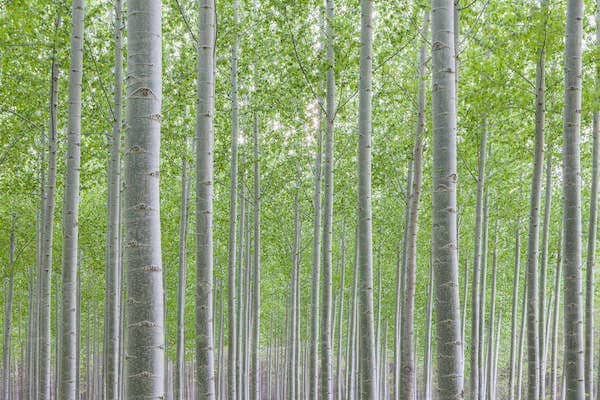Bare Forest To Hardwood Forest 5 Stages

Plants that colonise bare ground are typically hardy and low growing.
Bare forest to hardwood forest 5 stages. In time shrubs and small trees grow among the first plants and a shrubland develops. Start studying 5 steps of primary succession from bare rock to forests. 5 steps of primary succession from bare rock to forests for free from best writers of artscolumbia largest assortment of free essays find what you need here. Ecological succession is the process of change in the species structure of an ecological community over time.
Following a major disturbance such as a fire or windstorm or a silvicultural treatment designed to create similar conditions pioneer species normally invades a site. The time scale can be decades for example after a wildfire or even millions of years after a mass extinction. The community begins with relatively few pioneering plants and animals and develops through increasing complexity until it becomes stable or self perpetuating as a climax. Learn vocabulary terms and more with flashcards games and other study tools.
Forest cover types tend to change over time through the natural process of forest succession. For a healthy wildlife friendly mix of different aged forest keep at least 5 percent of the woods in a young growth stage. The forest itself must cover a 100 square meter minimum area. This means that the final most stable stage of succession over most of the area should consist of a mixture of various species of oaks and hickories.
The diagram shows a succession from bare ground to a mature forest. Not all hardwood forests should be managed in this way. Long term management for quality northern hardwood or black walnut sawtimber. The forest process follows a timeline of tree species replacement and in this order.
This grows into a forest so dense that after eight months sunlight can t reach the ground. For instance it may not make sense for a landowner trying to produce high quality saw logs from valuable hardwood species to cut trees down too early. This generally is true of duke forest on upland sites. However lowland sites along creeks and steep north facing hillsides support self sustaining stands of other hardwood species.
4 plant seeds take roots in mosses and soil deposite. Seedlings of tall forest trees germinate and grow in the shelter of the shrubs and soon overtop them forming a young. From pioneer seedlings and saplings to transition forest to young growth forest to mature forest to old growth forest. A bare rock area exists 2 soil carried by wind or water i in the holes of rock 3 lichen or moss grows on clean surface.












































